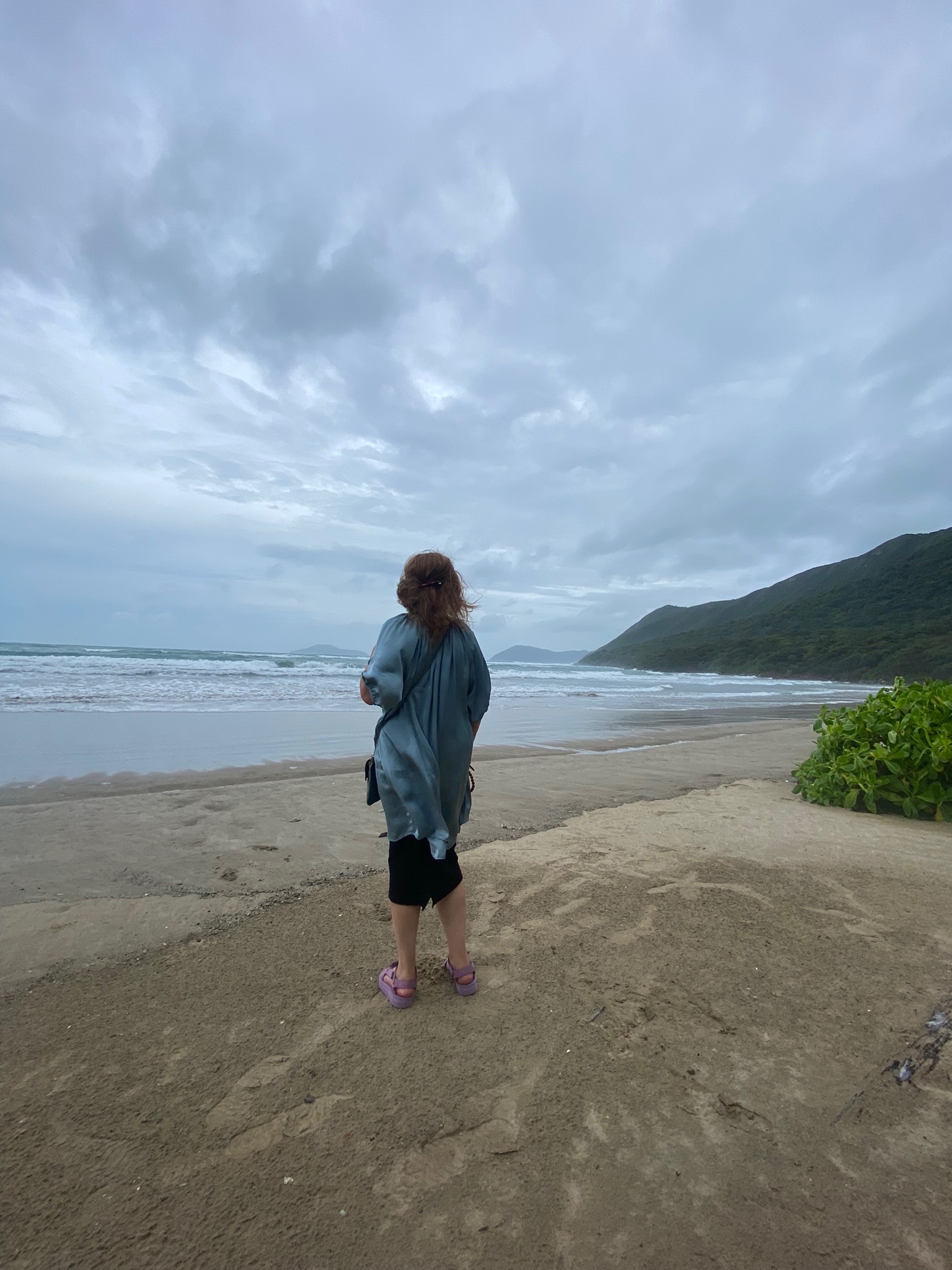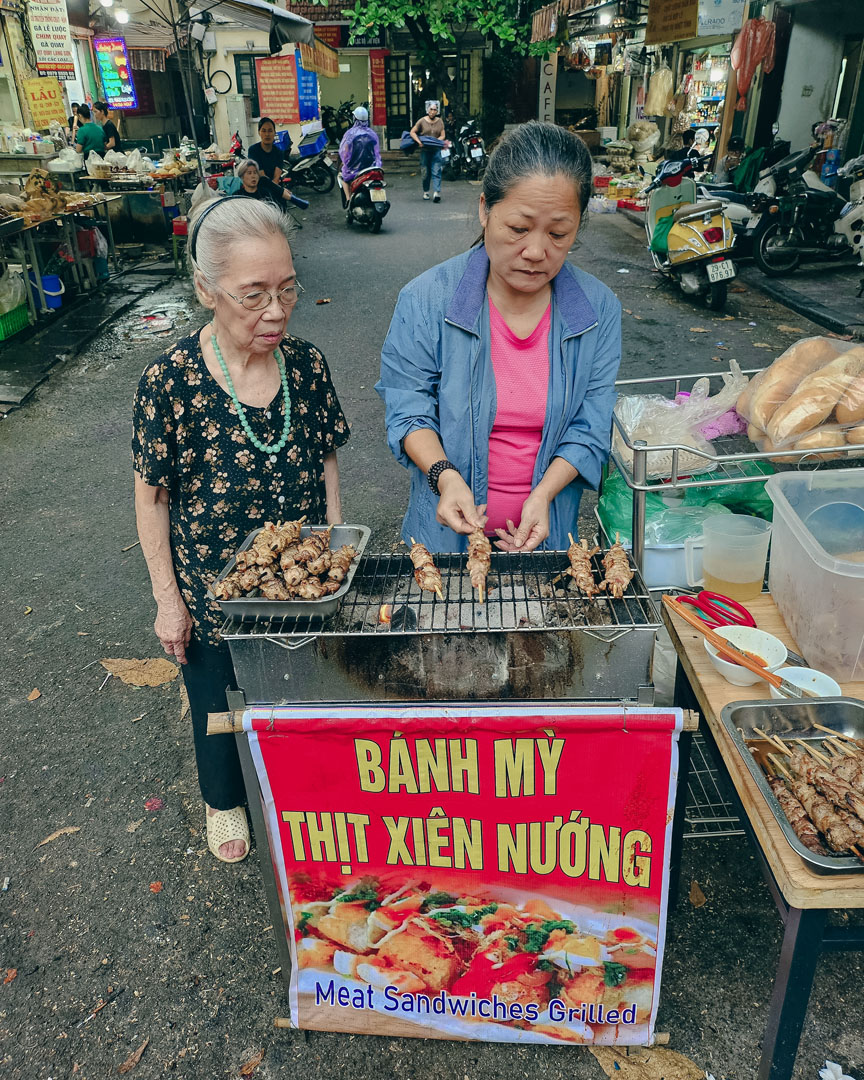Angkorian Adventures - Our Top Ten Highlights

With the current two-part BBC Jungle Atlantis documentary unearthing the secrets of the great Khmer Empire, we thought it would be a good time to put together a short guide to visiting this awe-inspiring archaeological wonderland. Read on to find our Top Ten Highlights of Angkor, and a handy guide to planning your trip.

Angkor Wat
The first episode charting the rise of the Empire can be viewed on the layer. The second episode which focuses on the decline and eventual abandonment of Angkor is broadcast on BBC2 on Thursday 2nd October at 8pm.
A bit of background
The Khmer Empire dominated large parts of Southeast Asia from the 9th to the 13th centuries, leaving a huge array of religious buildings and ruins known collectively as the Angkor temples that are spread over a great area of modern Cambodia, stretching into both Thailand and Laos. Although Angkor Wat is often used synonymously for the whole Angkor temple complex, in reality it is only one of countless constructions. The greatest concentration of the best preserved temples, including Angkor Wat, Angkor Thom and the famous ‘Tomb Raider temple’, Ta Phrom, are located within a few miles of the town of Siem Reap in central Cambodia.

Angkor by microlight
Getting there
Siem Reap has its own airport on the edge of town, connecting it to an increasing number of destinations across the region. Flights arrive daily from many of our favorite places in Indochina, including Ho Chi Minh City, Danang, Hanoi and Luang Prabang, in addition to Bangkok, Hong Kong and other regional hubs. Short hop flights also connect to the Cambodian capital Phnom Penh several times a day, making it a readily accessible destination from pretty much any part of the region. Overland routes link Siem Reap to Phnom Penh and the sleepy colonial town of Battambang to the west, or you can also arrive in style onboard one of the luxurious river cruise vessels that travel up the Tonle River into the vast Tonle Sap Lake.

Elephant Relief
When to go
Peak season at Angkor coincides with the annual dry season, lasting from November through to March, when rainfall is minimal and the dramatic sunsets and sunrises are at their most predictable and spectacular. This is a great time to visit, but inevitably accommodation prices are at their highest during this period and the crowds at their greatest. It is hot year-round at Angkor, but temperatures reach their searing peak in April just before the arrival of the rains. Rainy season at Angkor lasts from May to October, and generally involves hefty showers rather than sustained rainfall, so for those who don’t mind a little rain but prefer it quieter, greener and cheaper this time of year is well worth considering

Bayon faces
How long to stay
The key to tackling Angkor is not to overdo it – combine your jungle adventures with plenty of relaxation by the pool and you’ll find this a magical place to visit. As the number of visitors has increased so Siem Reap has expanded - the town now boasts a splendid array of accommodation options catering to all budgets and tastes. Our favorites, including the ever-popular Victoria Angkor; the elegant, colonial Raffles and the secluded Navutu Dreams all make wonderful relaxing, resort-style bases from which to explore. After much debate we have concluded that four nights is the perfect length of visit to Siem Reap, allowing you to explore the must-see temples, to visit the glorious countryside beyond the town, including the great Tonle Sap lake, and to get out to one of the little-visited remote temples, whilst spending plenty of time with cocktail in hand enjoying Cambodia’s tropical delights.

Navuto Dreams
Our Top Ten Angkor highlights
1) Angkor Wat – the world’s largest religious building, spectacular at sunrise but more magical in the glow of the evening sun when the crowds have gone.

Angkor Wat

Ta Phrom
2) Ta Phrom – the tree-entwined temple of Ta Phrom was famously used as the backdrop for the Tomb Raider film and lives up to every explorer’s dreams. Try arriving at sunrise when everyone else is at Angkor Wat.

3) Angkor Thom – the vast walled city with the enigmatic multi-faced Bayon at its heart was once home to a million people, now enveloped in dense jungle. Stroll along the city wall to the East Gate to escape the tour busses.

Tonle Sap Stilt Houses
4) Tonle Sap – a few miles from Siem Reap is Southeast Asia’s largest lake, the vast expanse of Tonle Sap. Take a boat trip to floating communities and villages constructed on teetering bamboo stilts.

Beng Mealea
5) Beng Mealea – hidden in the jungle for centuries, the Beng Mealea temple has only recently become accessible and remains totally unrestored. Clamber over the ruins for the true ‘Indiana Jones experience!

Banteay Srei
6) Banteay Srei – the remarkable preservation of the fine bas-reliefs, carved in a unique pink sandstone, make Banteay Srei one of the most beautiful and inspiring of all the Angkor temples.

Phare Circus
7) Phare Circus Contortion, juggling, acrobatics, mixed with dance, modern and traditional theater; the Phare Circus provides wonderfully eclectic entertainment with a strong social mission.

Cambodian kids
8) Explore the countryside – jump on a bike or hire a tuk tuk and head out into the beautiful countryside surrounding Siem Reap. This is a wonderful way to see real Cambodian life just beyond the Angkor bubble.

Flight of the Gibbon
9) Flight of the Gibbon – if you fancy something a little more exhilarating the new Flight of the Gibbon jungle canopy ropeway and zipwire experience is fabulous fun whatever your age.

Boat Ride
10) Splash out – if you fancy treating yourself how about an unforgettable helicopter or microlight flight over Angkor, or take a sunset cruise on the moat of Angkor Thom, complete with cocktails and canapés.
All of these experiences can be included in your visit to Angkor. Talk to us about how Siem Reap can be built into a broader tour of Indochina, or made into the focal point of a grand Cambodian adventure featuring the capital Phnom Penh and other less-known highlights such as colonial Battambang, remote Mondulkiri or the beaches and islands of Sihanoukville or Kep.




